The World Cup of flower art 2025 In the Hague, the Netherlands came to his conclusion after several days of the competition, which brought 23 flower designers from all over the world. The event was not only characterized by a strong technical execution, but also by the energy within the event location, where hundreds of visitors, experts and enthusiasts gathered to observe how flowers and plants were interpreted by various cultural lenses.
In the course of six tasks, competitors navigated strict guidelines, time restrictions and unexpected materials. Each round called for accuracy and quick decision -making, but also the ability to remain calm under pressure. While the individual results were different, the overall level remained consistently high, so that the audience was impressed by the variety of perspectives and design approaches on display.
And this year's World Cup winner is … Poland!
Five tasks. The jury selected 10 of the 23 participants for a final exam. Task 6! The song of Queen, Bicycle played and the ten competitors on the stage knew that they were given the Haag bike to decorate with flowers. From these, a top three, which was led by the new world champion Tomasz Max Kuczyński from Poland, followed in third place by Gábor Nagy from Hungary and Frédéric Dupré.
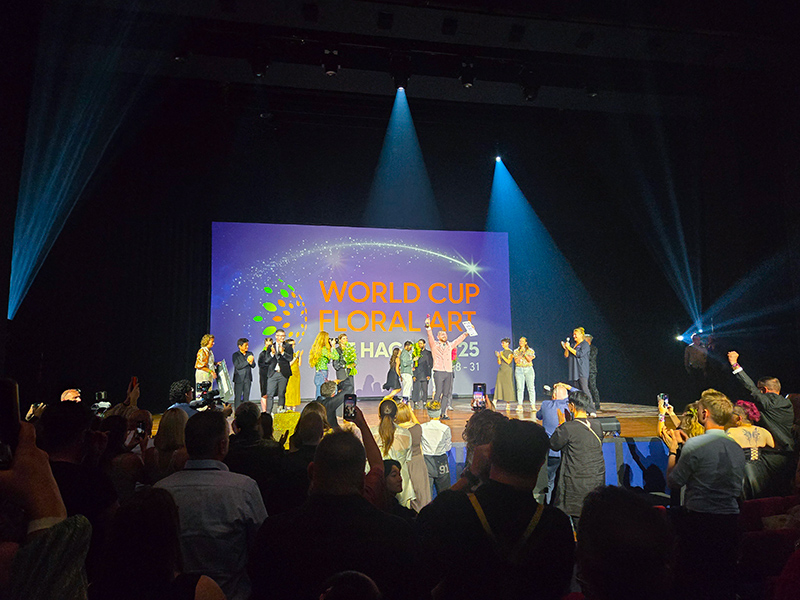
A week in which floral design showed people from different countries with a shared passion
The participants designed the different countries as Finland, Korea, Mexico, Japan, the United States and beyond. Everyone brought techniques that were rooted in their own training, but adapted them to the competitive framework. These collective efforts have created a feeling of the common purpose: to test what can be achieved within the strict limits of the competitive flower design.
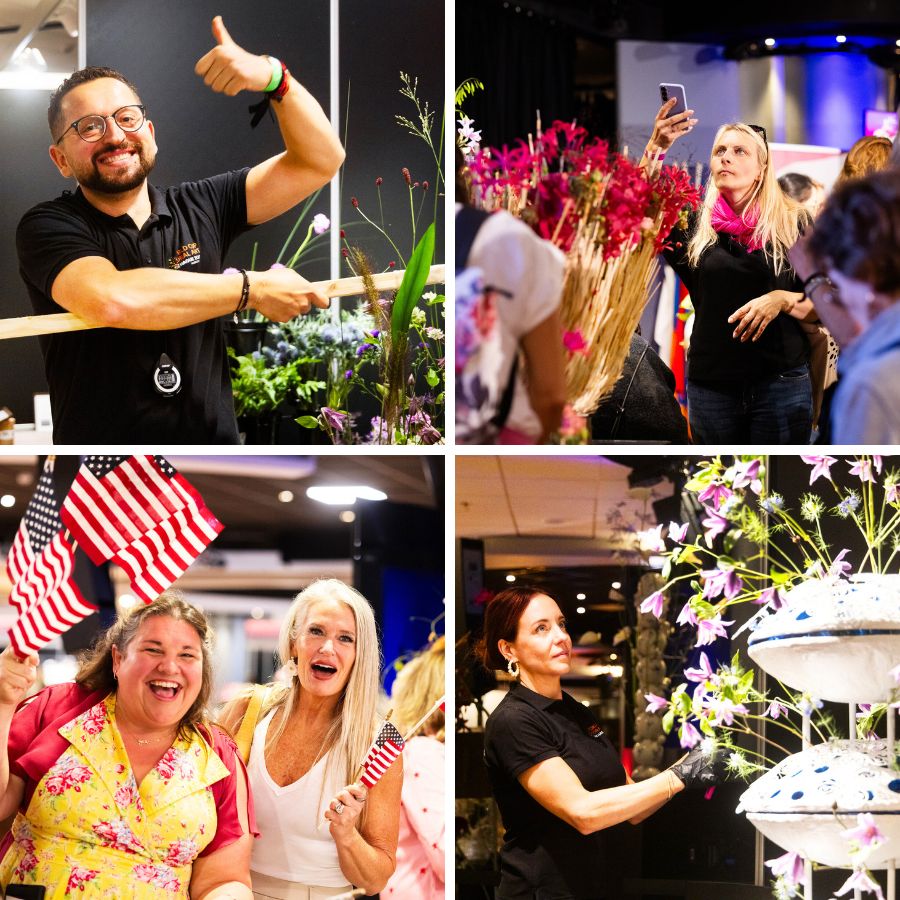
Photos at: @fotostudio spots.
The tasks were structured to highlight the technical precision and the ability to adapt quickly. The tasks were developed from the first round, inspired by the shape of the Dutch Tulpvase to the hand -bound Bouquet Challenge, which is framed in rose gold. Some tasks required great work with layered structures, while other smaller, highly concentrated compositions demanded.
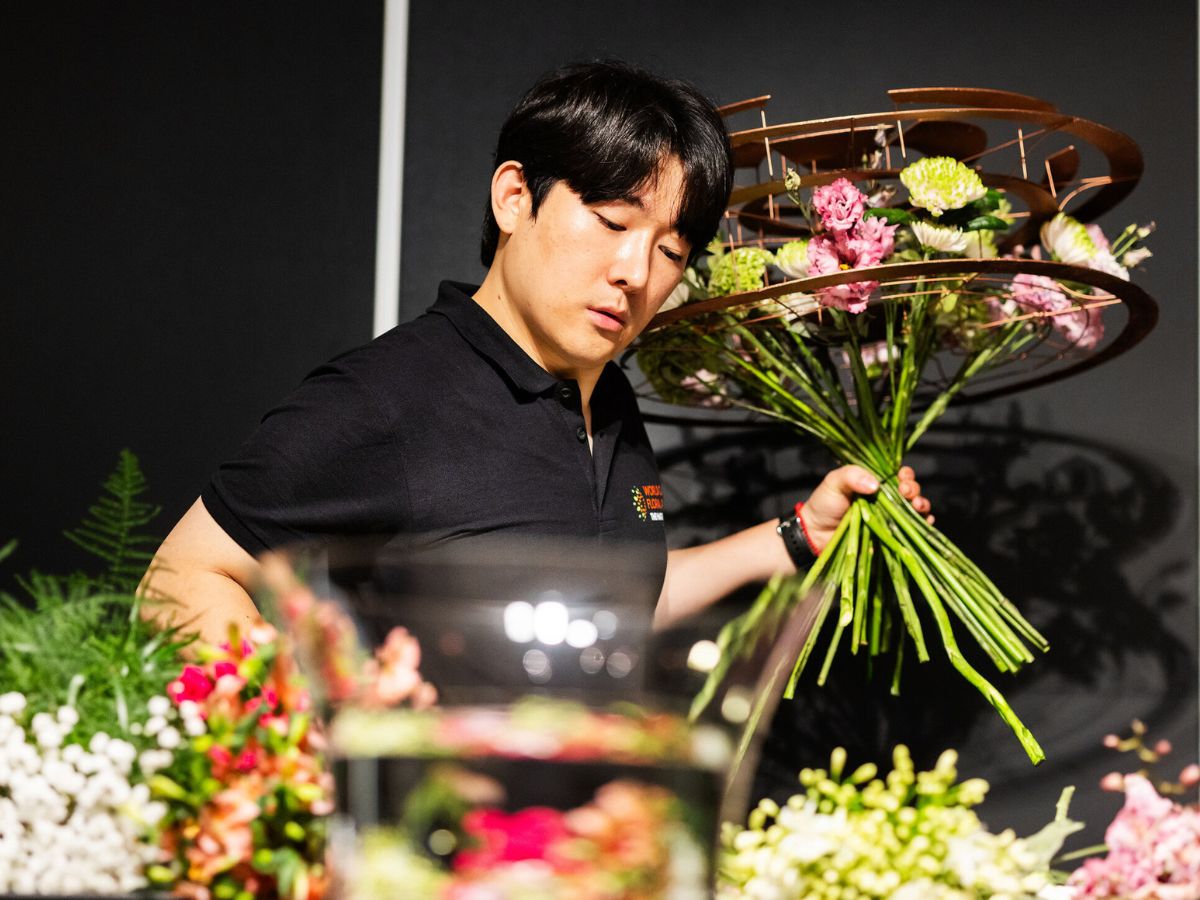
Each stage was bound in time, with conditions that require accuracy, such as regular lengths, water requirements and construction methods as well as a complete concentration to find out every plant used and every flowers used.
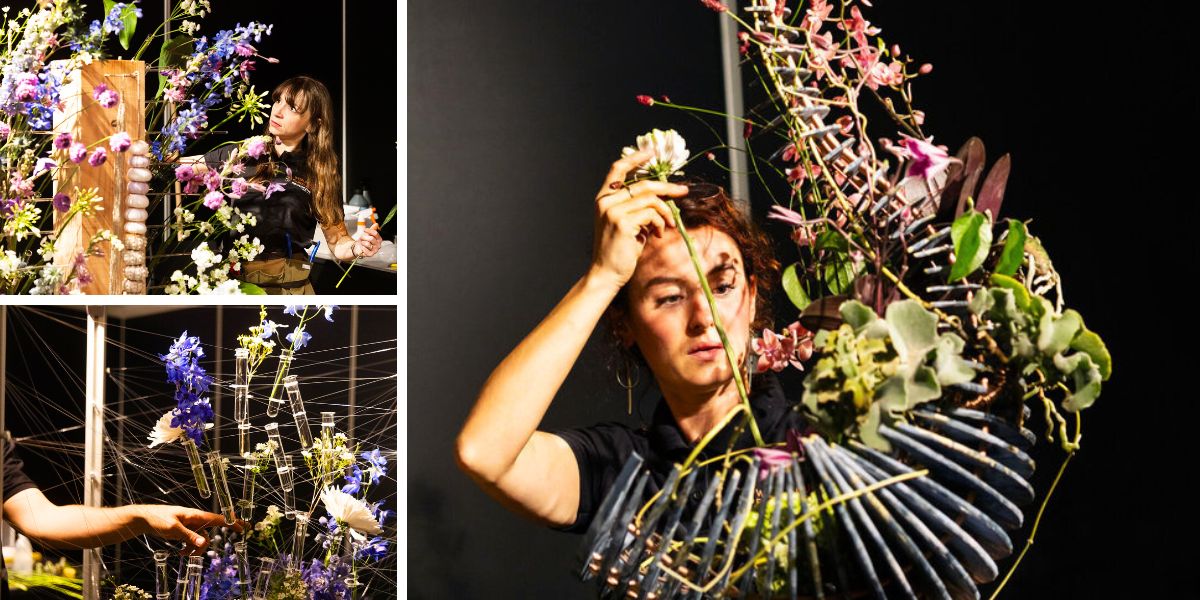
An event that created an environment of exchange, learning and professionalism
Although ranking lists and ratings were central, the atmosphere among the participants was clearly supportive. Designers often interacted during the breaks, shared observations, encouraged each other and recognize the work that develops around them. Visitors also noticed the professional respect that characterized the event, and increased the idea that in such competitions not only winning, but also about combining people through a common field.
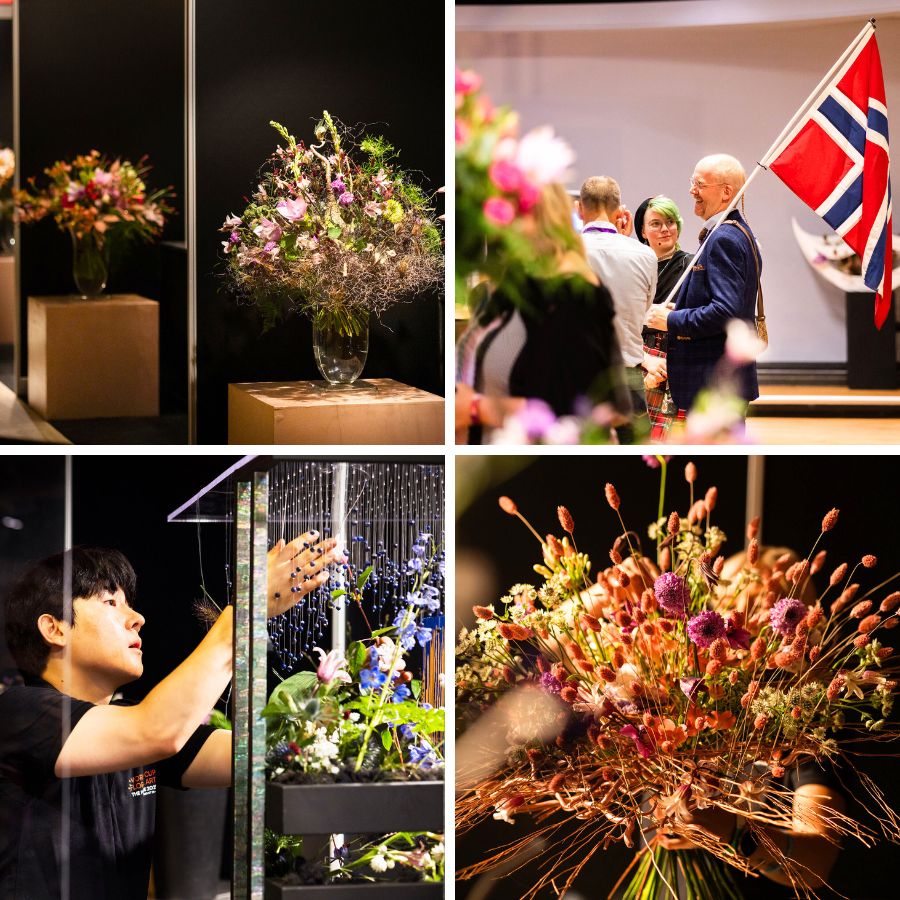
For participants – with over 2000 visitors within three days – the World Cup was not limited to observing competitors at work. A wide program of live demonstrations and workshops enabled direct contact with experienced experts, while exhibitions showed more comprehensive developments in flower design. Many visitors describe the event as a rare opportunity to get an insight into practical techniques and wider international trends that influence the field.
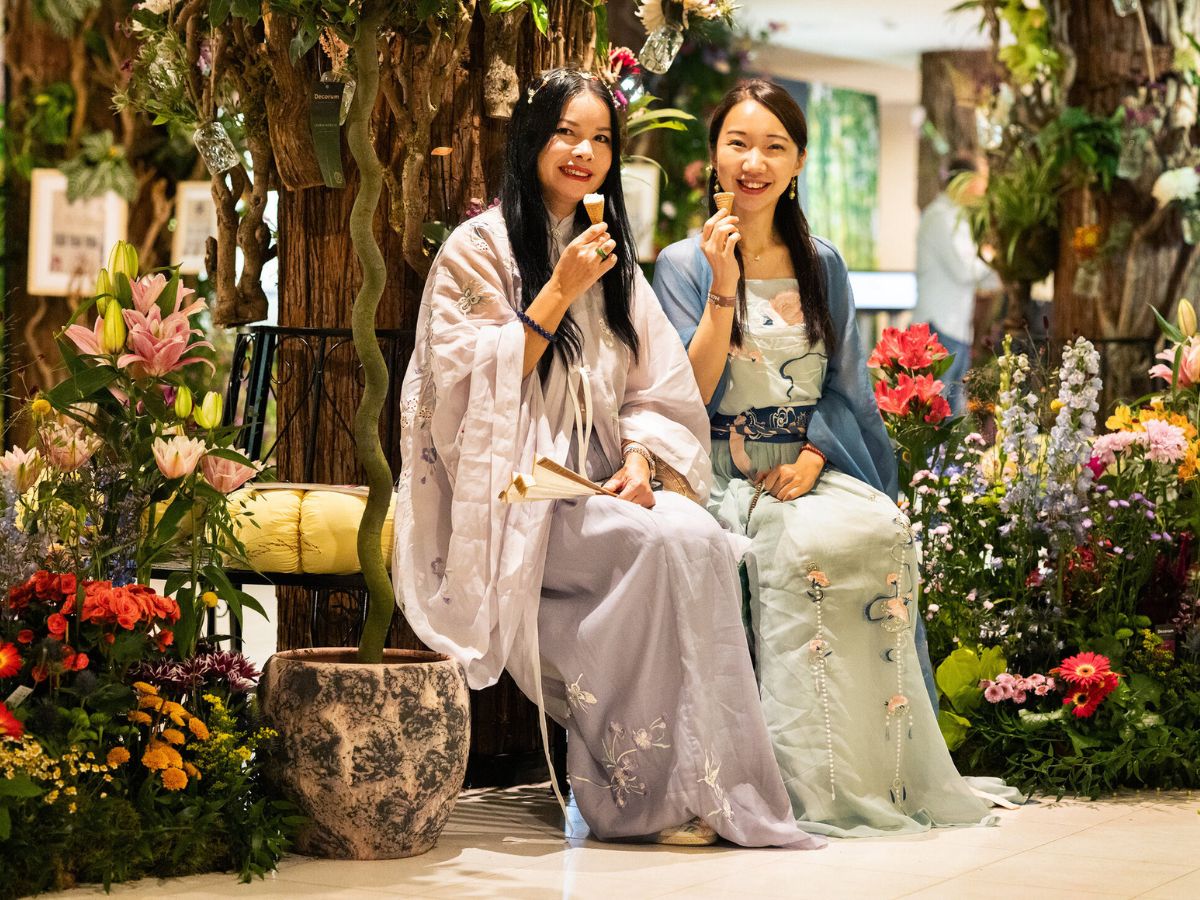
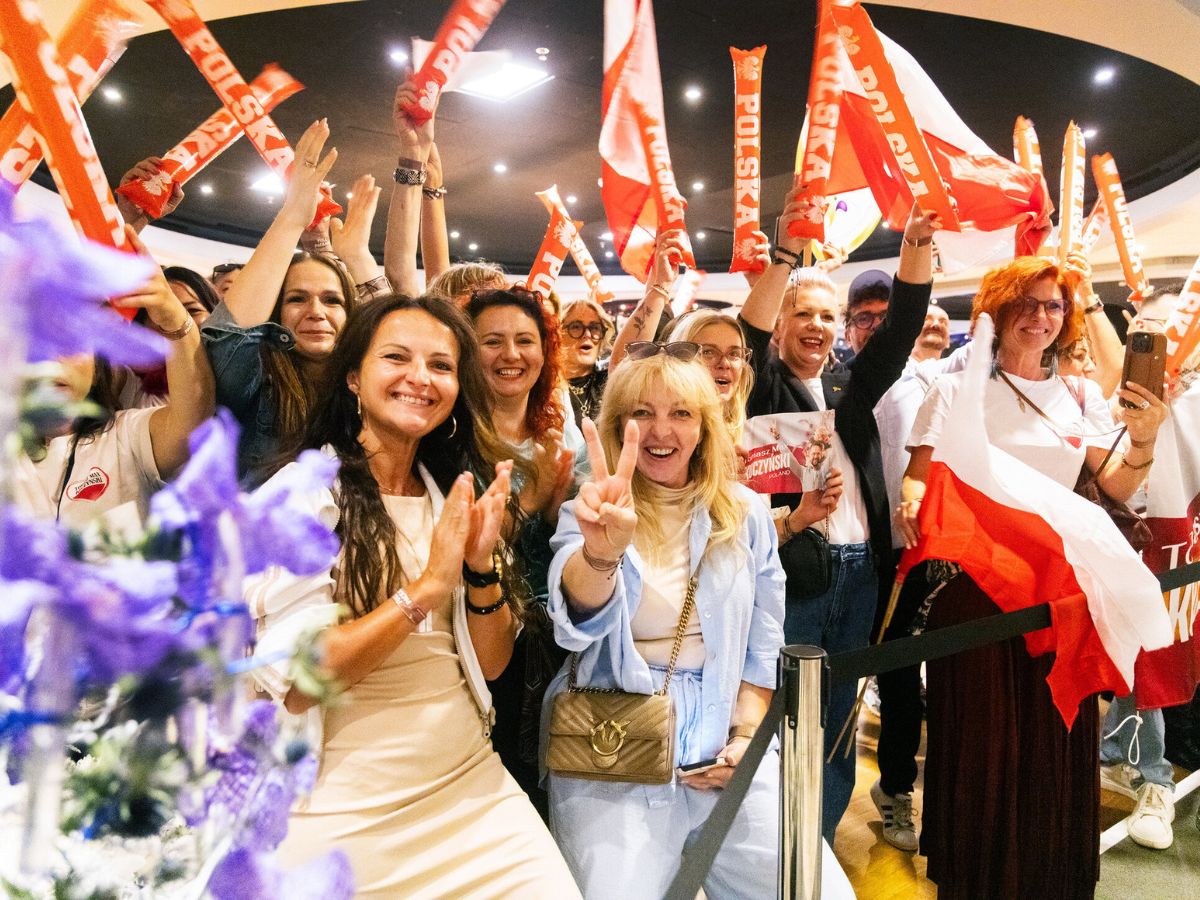
Concentration, patience and long hours defined the days before the final decision
Behind the scenes, the competitors devoted long hours to prepare materials, sketching ideas and rehearsals of design techniques. Observers found that the level of concentration was visible during every time -controlled round. The competition revealed the discipline and consistency required for performance at this level, from the treatment of all types of botanical materials to the solution of structural challenges at the last minute.
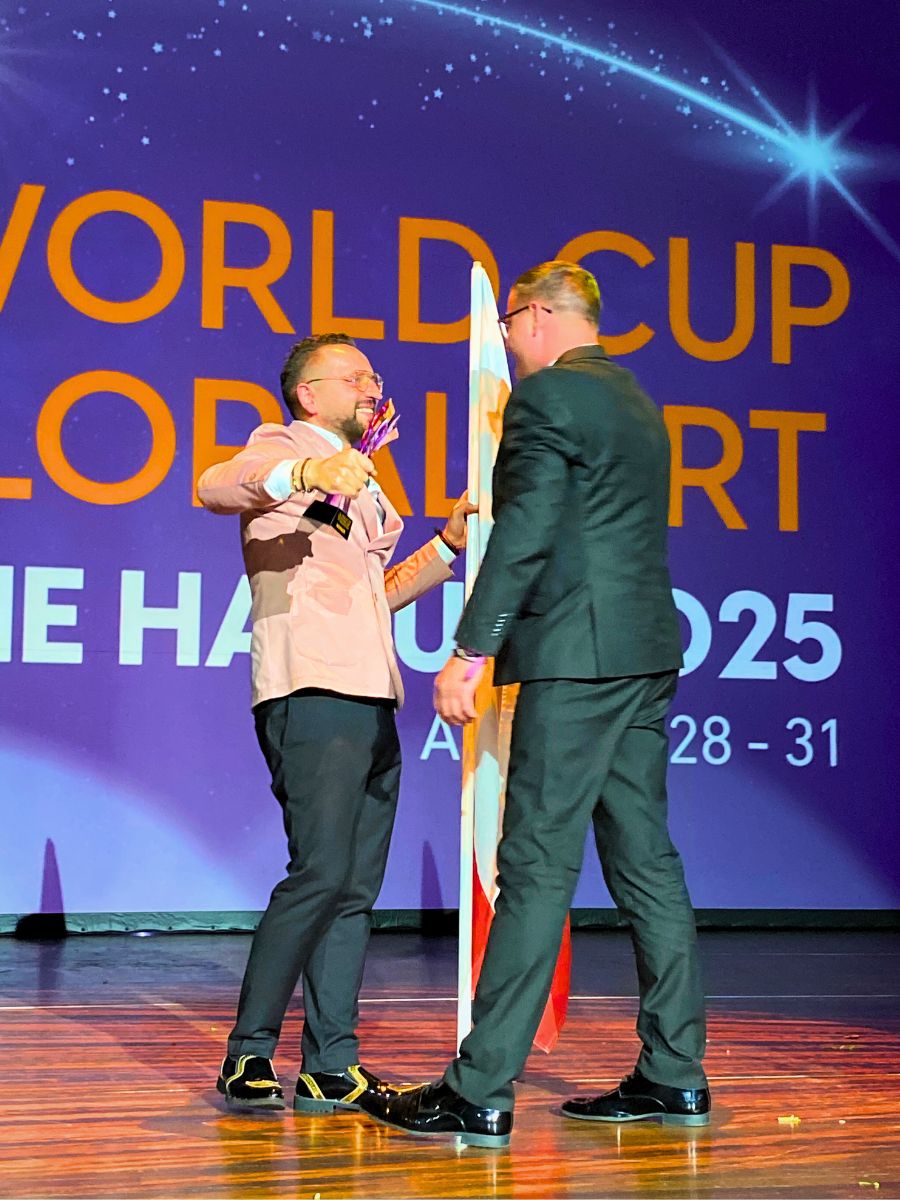
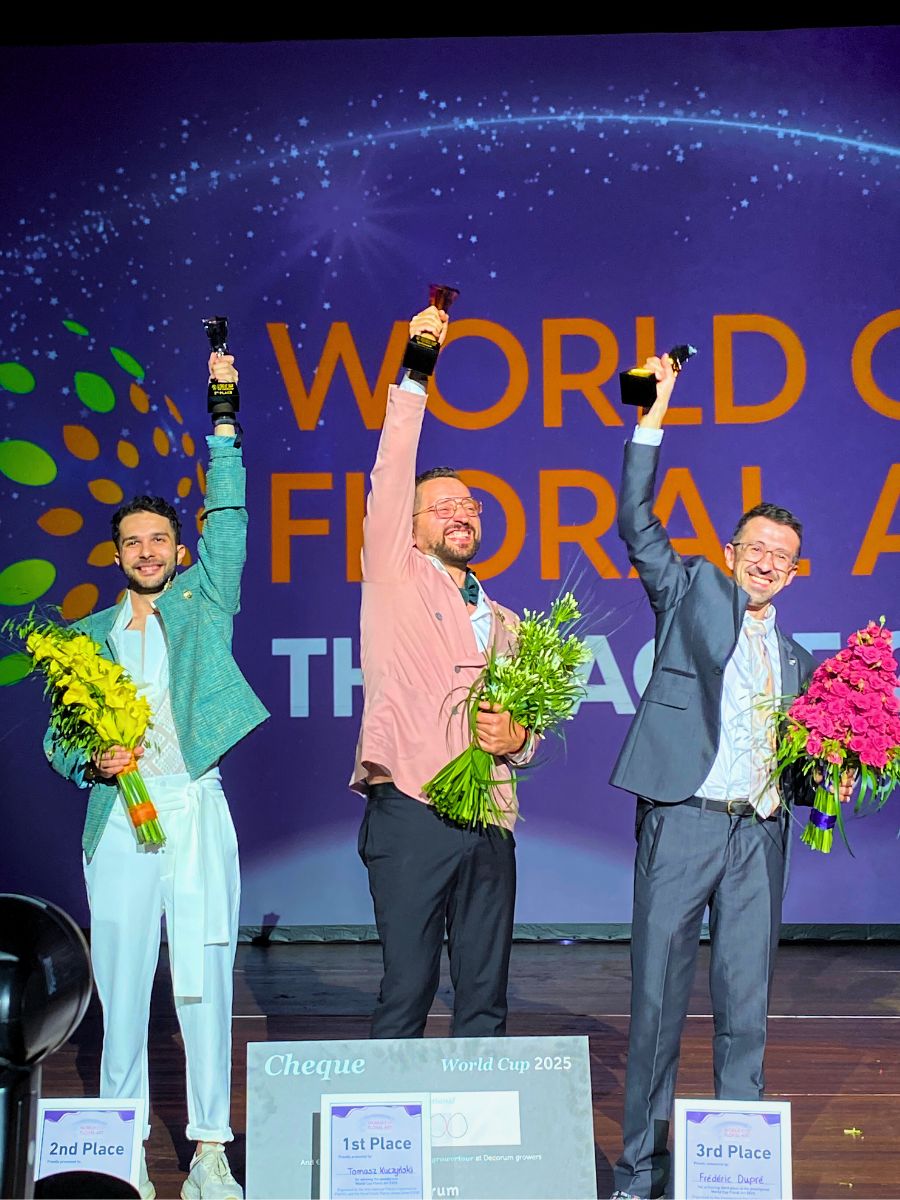
All eyes were announced by the final announcement, where the judges unveiled the winner of the 2025 edition, Tomasz Max Kuczyński. Yess! Poland won the competition. The second was Gabor Nagy from Hungary and third was France with Frédéric Dupré. After days of concentration, effort and creative problem solving, the name of this designer is added to the history of the floral art of the World Cup.
